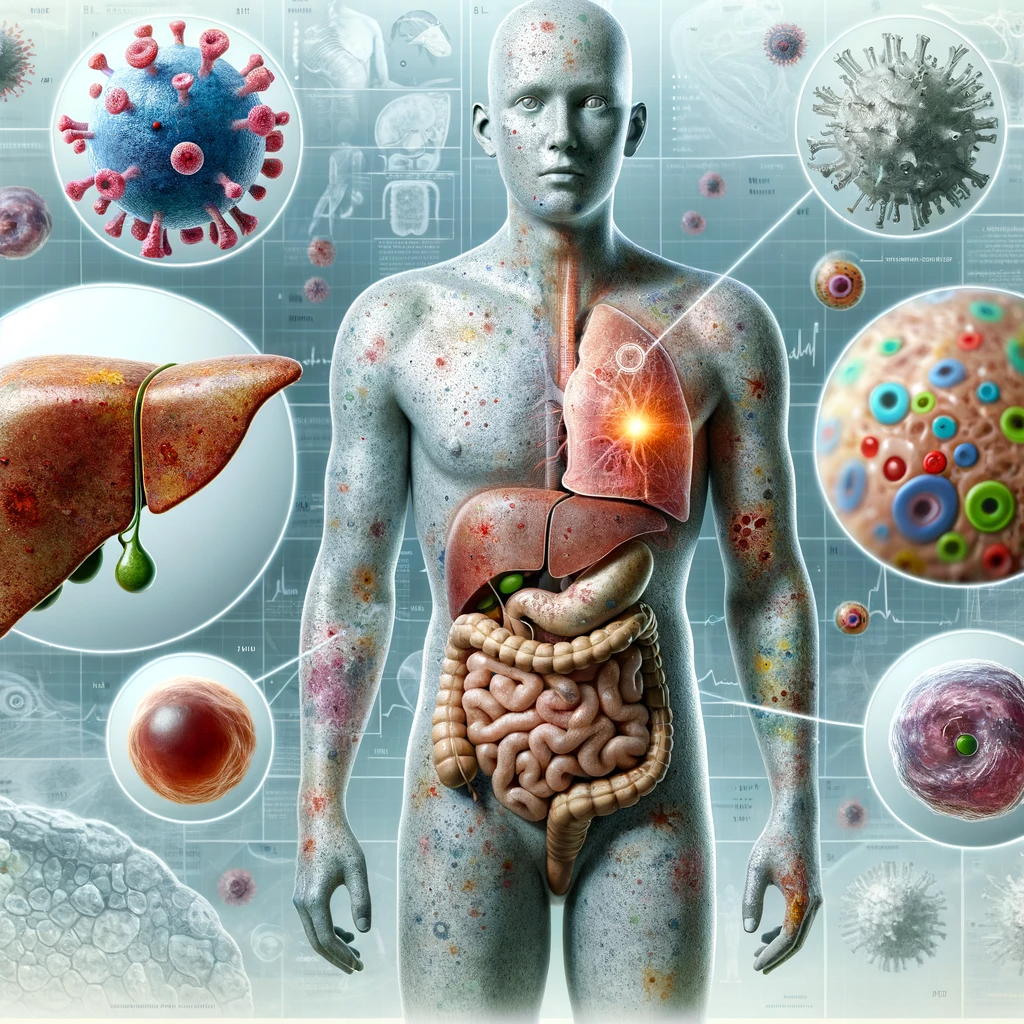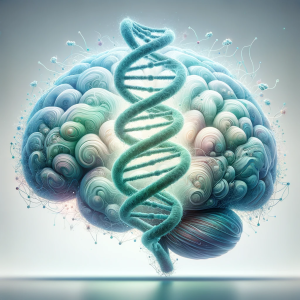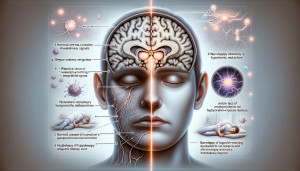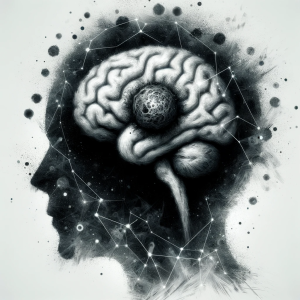Introduction
Cervical Dystonia, also known as spasmodic torticollis, is a focal dystonia characterized by involuntary muscle contractions in the neck. This condition leads to abnormal postures and movements of the head and neck, often causing significant pain and discomfort. The etiology of Cervical Dystonia is multifactorial, involving genetic, environmental, and neural network factors. It is the most common form of focal dystonia, affecting individuals across various age groups, with a predilection for middle-aged individuals. The disorder significantly impacts quality of life, warranting a multidisciplinary approach to management.
Pathophysiology
The pathophysiology of Cervical Dystonia is complex and not entirely understood. It is believed to involve dysfunction in the basal ganglia and its connections, disrupting the normal regulation of movement. Genetic factors play a role in some cases, though many cases are sporadic. Neuroimaging studies have shown changes in brain areas involved in motor control and sensory processing. Additionally, peripheral mechanisms, such as altered afferent feedback from neck muscles, may contribute to symptom manifestation.
Clinical Presentation
Patients with Cervical Dystonia typically present with involuntary, often painful, contractions of the neck muscles, leading to twisting and turning of the head. The condition can manifest in various forms, including rotational (torticollis), lateral (laterocollis), flexional (anterocollis), and extensional (retrocollis) postures. Symptoms may be exacerbated by stress or voluntary movements and can be associated with neck pain and headaches. The disorder can also impact speech and swallowing in severe cases.
Diagnostic Approach
Diagnosis of Cervical Dystonia is primarily clinical, based on the characteristic movement patterns and postures. Neurological examination and patient history are key components of the diagnostic process. There are no specific laboratory or imaging tests for Cervical Dystonia, but these may be used to rule out secondary causes. Electromyography (EMG) can be helpful in assessing muscle activity and planning botulinum toxin injections.
Management and Prognosis
The mainstay of treatment for Cervical Dystonia is botulinum toxin injections, which help to reduce muscle contractions and alleviate pain. Physical therapy and exercises are also important in managing symptoms and improving neck function. Medications such as muscle relaxants and pain relievers may provide additional relief. The prognosis of Cervical Dystonia varies; while the condition is often chronic, many patients find symptom relief with appropriate treatment.








